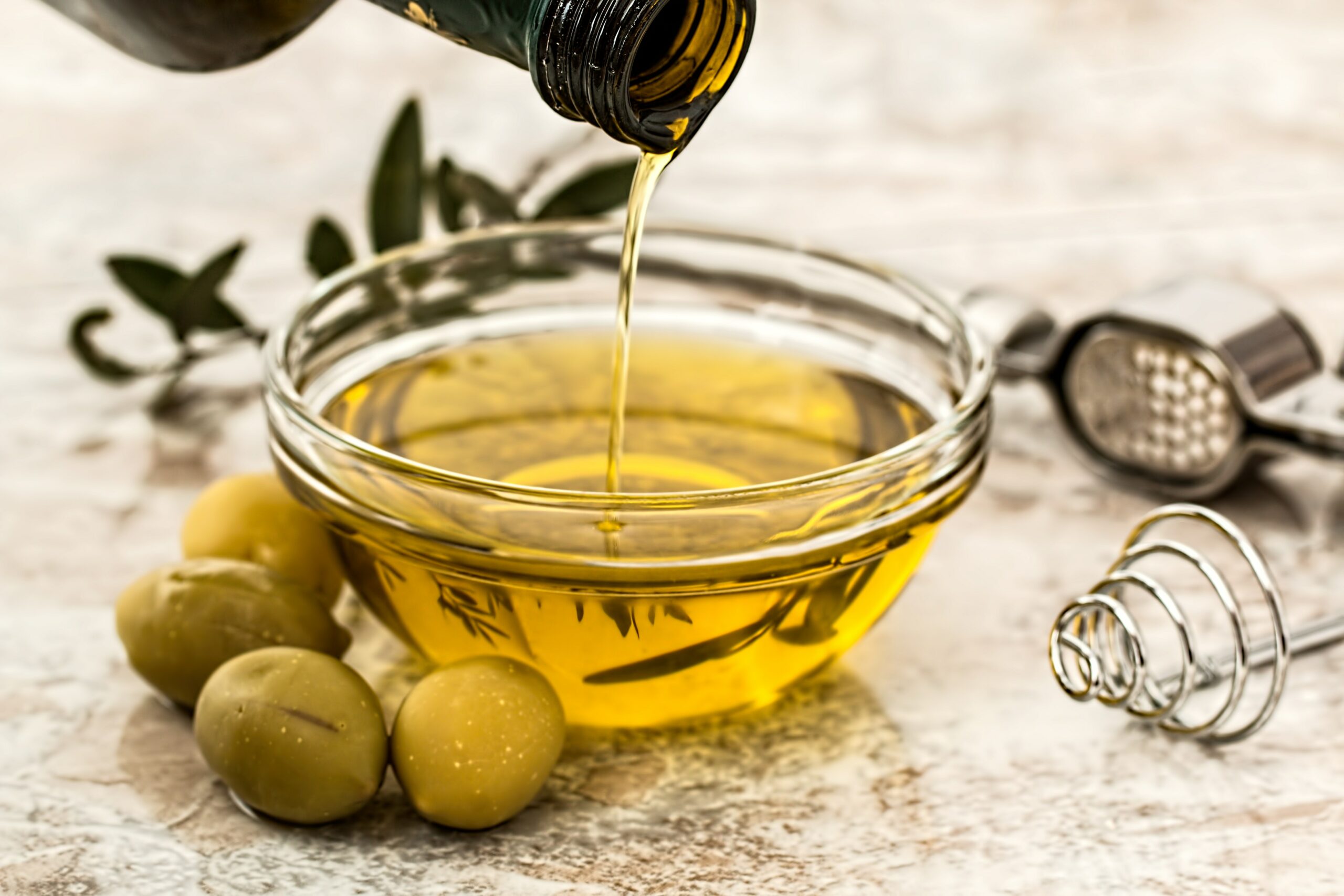Cooking oils and fats are a hot topic these days (pun intended)! The good old “vegetable oils” we’re used to (canola, soybean, corn, etc.) have been exposed as highly-processed, highly-refined, and highly-inflammatory. The number of processes they go through – including bleaching – makes them harsh on our guts by causing inflammation.

These inflammatory cooking oils and fats are pervasive in packaged and shelf stable foods due to their low cost. Food manufacturers capitalize on these savings and do not choose to invest in high quality oils like olive, avocado, and coconut oils. We, too, fall prey to cheaper prices at the stores. The important question to ask ourselves is: What are we putting into our bodies and feeding our families? We need to be wise consumers by carefully reading food labels and wise cooks by using high-quality cooking oils in our kitchens.
One thing to keep in mind is the smoke point of the cooking oils and fats. The smoke point is the temperature at which the fat burns and may release toxins. It is important to use the right oil or fat for your cooking temperature. For example, virgin coconut oil can be used in baked goods up to 350°F. If you use it at a higher heat, it could release toxic compounds.
To help you stock these high-quality ingredients and use them appropriately, refer to this list of smoke points and applications.
| Cooking Oil | Application | Smoke Point |
| Avocado Oil | Roast, fry | 520°F |
| Ghee | Sauté, roast | 450°F |
| Refined Coconut Oil | Sauté, roast | 400°F |
| Olive Oil | Sauté, bake | 400°F |
| Extra Virgin Olive Oil | Sauté, bake, salad dressing | 350°F |
| Virgin Coconut Oil | Bake, no-bake (has coconut flavor) | 350°F |
| Butter, Lard | Bake, sauté | 350°F |
For some of my favorite cooking oils like California Olive Ranch olive oil, check out the Dressings, Sauces, & Oils page.




